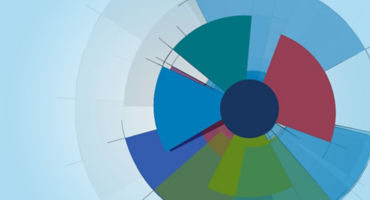An alternative version of Mark Zuckerberg’s famous “Move fast and break things” mantra has been making its way around the investment community lately, with the quote being rearranged to read: “Move fast and things break.” This may be trending in conversations because the recent pension-margin squeeze in the UK offers another example of the tendency for rapid changes in market assumptions to expose cracks in the overall financial system.
A story that’s already been written about too much this year has been the fairly mild response from equity volatility measures during this year’s drawdown in global equities. Over the past few weeks, with the markets reaching new year-to-date lows, we’ve started to see evidence of that staid behavior shifting, with equity volatility expectations finally showing some signs of life. I suspect that this “reawakening” may be about fears of larger macro and systemic risks that could rear their ugly heads as we get further away from the cozy low-interest-rate environment of the past decade-plus.
Big macro changes are afoot…
The fact that interest rates are rising isn’t news to anyone, but the speed with which it’s taking place is unusual and is starting to expose some systemic fragilities. Figure 1 displays the rolling one-year change in US rates: Over the past 60 years, we’ve only seen changes of this magnitude a handful of times, with only one period (the early 1980s) that featured a faster pace and the most recent coming in 1994.
Today’s experience of UK pension schemes getting caught off guard by the magnitude and pace of rate changes has some parallels to 1994. Then, too, there were assumptions about rate “stability” that, when proven incorrect, revealed a lot of underlying leverage in the markets. Incidentally, the period leading up to 1994 was, at that time, the longest period on record of stable rate policy by the US Federal Reserve (Fed), with the fed funds target rate remaining pinned at 3% for nearly a year and a half.





























Monthly Market Review — November 2025
Continue readingBy